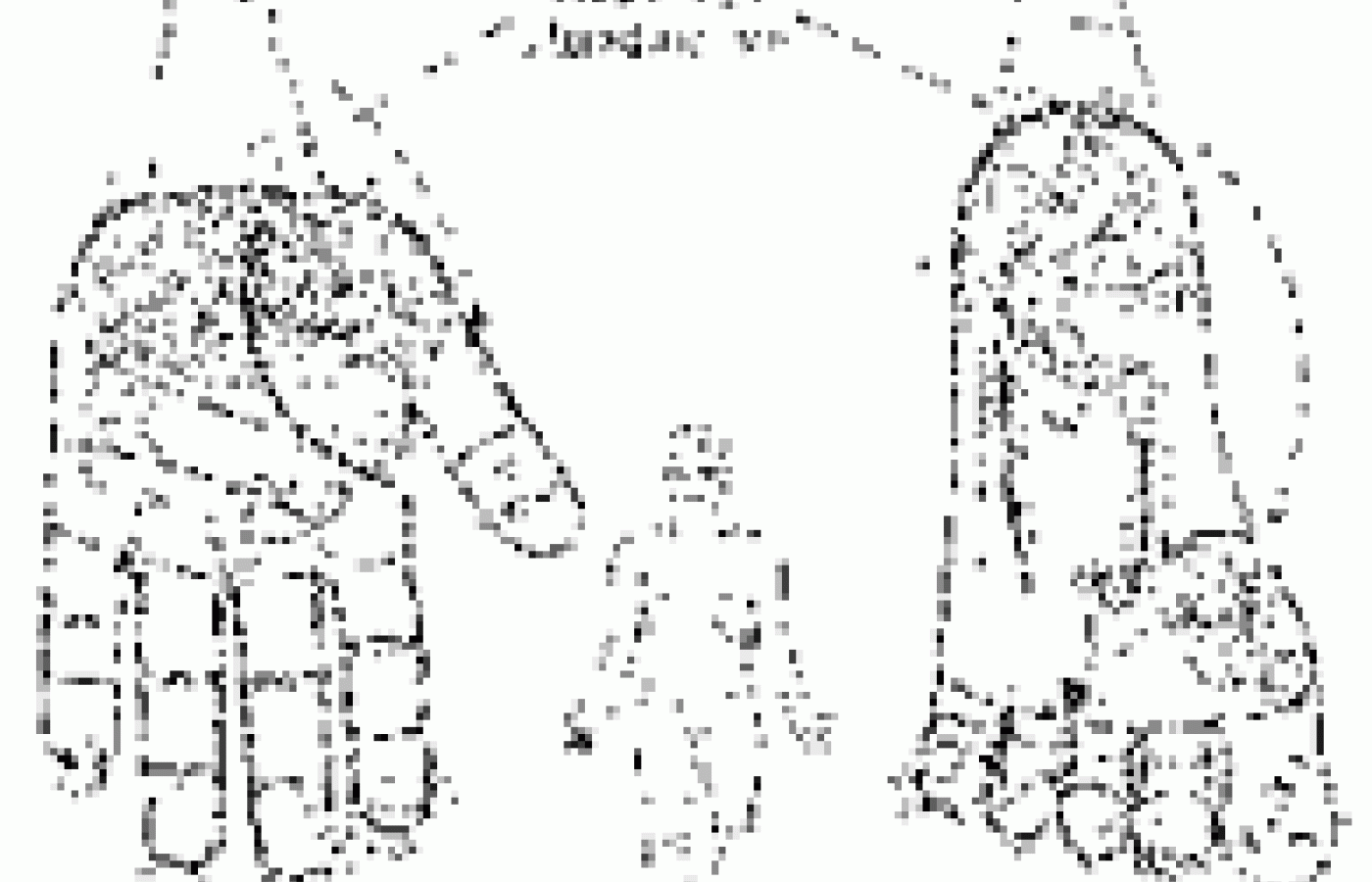Whether you accept it, avoid it or live somewhere in between, insurance coverage has become a defining issue for our profession. Patients increasingly expect to use their benefits, practitioners want to be compensated fairly for their time and expertise, and the system itself remains – at best – fragmented. The encouraging news is that coverage has expanded in meaningful ways. The challenging news is that reimbursement, across the board, remains inadequate.
Su Jok for Instant Pain Relief
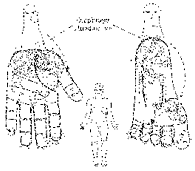
Nature appears to have designed the human body as a hologram of multiple overlapping micro-correspondence systems. The current stage of discovery and application of these microsystems is only beginning. There are different patterns of foot-organ correspondences, in addition to patterns for the scalp, nose, face, hand, finger and eyes. For example, there are various corresponding systems of auriculotherapy, most notably the Chinese and French models. There is even a system of organ correspondence along all of the long bones of the body.
It is apparent that no particular system is the "right" pattern. There are many reasons for studying and applying microsystems. They are very efficient to administer; they give instant results (especially in acute pain situations); and they are safe to apply.
I believe energetic medicine practitioners will be better able to serve their clientele if they have multiple treatment options at their disposal. It is this belief that motivates me in the continuing research and development into the microsystems of the body.
Su Jok Therapy
"Su Jok," translated from Korean, means hand and foot. The hands and feet represent a mirror image of the anatomy of the human body with all of its associated organs and structures. The hands and feet are like remote control centers through which the functions of the body can be both assessed and treated. I have found that the more similar one part of the body is in form to another part, the more effective it is as a corresponding point control center.
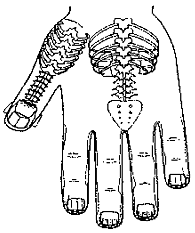
Looking at the hand in Figure 1, you can easily see the similarity of the hand, with its two legs and arms, neck and head, in relation to the human body. The same kind of superimposition can be done with the foot. The foot corresponds to the torso, and the toes to the arms. This similarity between structures gives the first clue to the effectiveness of the system as a diagnostic and treatment "control" center. The correspondence for the backside of the body is shown in Figure 2.
Theories of Su Jok
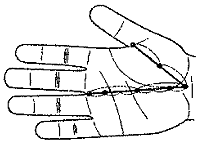
Su Jok energetic theory is founded on the theories of traditional Oriental medicine, but it goes beyond that. This article is too brief to explain the entire energetic theory except to mention the names given. The foundation theory that provides a rationale for understanding and treatment includes: energy-flowing theory and therapy; six ki harmonization in the body; eight origins and six energies theory for meridian and charka treatment; emotion and mind treatment; and treatment through time and space energies. In addition, there are various alternate correspondence mappings of the body onto the hands.
Applying Su Jok
The first step, as with any approach to healing, is to understand the exact nature of the patient's problem. If it is a pain syndrome, or is accompanied by pain, it is crucial to know the exact location of the patient's pain. It is also important to assess the limitations of movement visually.
The second step is to learn the relationship between hand and body. Studying Figures 1 and 2 will give you an idea of these relationships. Basically, the yin side of the body is represented on the palmer side of the hand; the yang side is represented on the dorsal surface. This information allows you to correctly search for the corresponding point on the hands.
The third (and perhaps most important) step is to learn how to diagnose and find the exact corresponding point(s) to treat. Because of the importance of this step, critical aspects are outlined below.
Diagnostic Criteria
The following five criteria will aid you in finding the correct corresponding point(s):
- The corresponding point will be more sensitive to pressing. If there is pain, spasm, irritation or inflammation in some part of the body, it will be reflected in all of the corresponding systems as a lower pain threshold to palpation. In other words, it will be more sensitive to external pressing.
- First, find the general corresponding area of increased sensitivity, then probe in very tiny increments for the most sensitive hand and/or foot points. Due to the relatively small size of the hand/foot in relation to body size, small movements on the hand represent relatively large distances on the body.
- Pressing the correct reflex or corresponding point will result in the patient blinking, wincing, or quickly pulling the hand/foot away. The quality and intensity of the reflex pain will be significantly greater than that due to pressure on non-corresponding points. Only when you see that reaction will you know you are on the correct point.
- The sensitivity to pressure of a corresponding point will have a direct correlation to the pain level in that part of the body. Acute, high levels of pain in the body are reflected as great sensitivity; low-level, chronic pain is reflected as less sensitivity.
- Because of electrical variations in skin resistance, the skillful use of electrical point finders will take practice.
If there is pain or some limitation of movement in the body, you can be assured of the presence of a sensitive corresponding point on the hand/foot. You may find many sensitive points, but the correct reflex point(s) will be very sensitive.
Stimulation and Treatment
Su Jok contains many methods of treatment. One method we experience every day is by walking on our feet and working with our hands. This gives us constant, random stimulation on corresponding points; however, purposeful hand and foot massage (also known as hand or foot reflexology) is even better. There are many methods of stimulation besides mechanical pressure, including:
- Miniature magnets designed both to give both mechanical and magnetic force stimulation;
- Moxibustion in the form of: (a) moxa sticks; (b) moxa the size of rice grains held on the hand or foot by small holders to prevent direct contact; and (c) direct thread moxa;
- Massage rollers to stimulate the hands and feet;
- Soft lasers;
- Miniature hand needles; and
- Colored transparent plastic discs placed strategically on charka hand points.
Other methods will be developed based on our technological and biological advancements in understanding on the physical and quantum levels of human functioning.
Seeing is Believing
I suggest you try an experiment for yourself. Find a test client: a friend, colleague, family member or patient who has neck pain. For this experiment, try to find someone who has an acute condition, not a long-term, chronic condition with structural damage. Assuming your client has tightness on the left side of the neck at about the level of the fourth cervical, apply Su Jok as follows:
- Observe and document your client's limitation in movement and ask them to rate their pain level from one to ten, ten being the most painful condition possible. Also check their range of motion and degree of muscle tension.
- Next, grasp the thumb of their left hand such that you can roll the side of a round object, such as a ballpoint pen, along the length of the left dorsal surface of the thumb. To perform this step properly, think of how a rolling pin is rolled over dough, and you will have an idea of the rolling process. Use the rolling technique on the corresponding area of the hand. You may have to vary the pressure to find the most sensitive area. During this process, you will find a place where the client will indicate a higher degree of sensitivity.
- Having isolated a target area, search for a precise location with a smaller tipped instrument. For example, use the ball end of an ear probe many acupuncturists use for auricular point location. The tip must not be so sharp that it creates skin pain. This masks the inherent tenderness. If you conduct the search carefully, you will definitely find very sensitive, painful points. These are the relevant corresponding points.
Applying Treatment
The next step is to apply treatment. Your treatment has actually already begun by using pressure to search for points, but to improve your results, you can:
- apply a tiny hand magnet commonly found in acupuncture supply catalogs;
- use a vicaria seed of the type used on the ear; or
- employ tiny hand needles (do not use the normal body needles, as most are too large and painful).
Testing the Effectiveness of Su Jok
Immediately, or within a matter of minutes, your client will recognize a decrease in pain and a release of tight muscles. Begin by asking the client to assess their pain level from one to 10. It is not unusual to get a 100% pain decrease almost immediately. Also check range of motion and muscle tension, as these will likewise improve amazingly.
Some clients will report a feeling of warmth or other sensation in the neck area. After treatment, request that the client perform massage over the corresponding area two or three times a day.
This simple procedure will often resolve the problem in a short period of time. This same procedure can be used for pain or discomfort in any part of the body. You will be amazed at the immediate resolution of pain and problems. Listed below are several cases that illustrate different problems and treatment modalities, especially moxibustion.
Case Studies
Case 1: Female patient, age 76. The client's complaints included general weakness and pains in the leg joints. She was unable to walk, and had great difficulty in trying to raise her feet or sit down.
Treatment: Stimulation with mini moxa of the basic energy points on the yang and yin surfaces of the hand. Warming of the points corresponding to the knees and hips was also included (see Figure 3 for the yin surface moxa pattern.)
Moxa treatment was given every two to three days for approximately one month. At that time, her relatives contacted the institute to say the patient had begun taking walks.
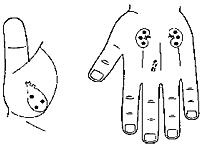
Case 2: Male patient, age 12. This client had meningitis at age nine. Although the infection had long ago been eliminated, he continued to have severe headaches and fatigue, and he was unable to attend school. These symptoms were brought on by the slightest mental or physical strain.
Treatment: Needling was not tolerated by the boy, and no positive effect was noted. A two-day course of mini-moxa on the basic points of the yin surface of the hand showed a significant improvement (see Figure 3). Moxa was continued twice per day for one week. At the end of the week, his headaches and fatigue disappeared, and he was able to resume schooling and activities natural for a boy his age.
Case 3: Female patient, age 34. This client presented with severe pains of a boring nature in the heart region, secondary to influenza. The pain radiated across the chest and down the arm into the little finger. Extreme body weakness, tachycardia and nighttime sweating characterized her sub-febrile condition. Her EKG revealed signs of myocarditis.
Treatment: Moxa warming was provided to the energy related points and those related to the heart and kidneys in the standard hand correspondence system (see Figures 3 and 4). Only six sessions were needed to significantly improve the patient's general condition and to eliminate all of her symptoms of myocarditis.

Case 4: Female patient, age 45. The client complained of severe pain of the fifth right maxillary tooth region. X-rays showed clearly a dental root granuloma. The zone corresponding to the tooth, located in an ancillary correspondence system, was massaged with a point probe and warmed with mini-moxa (see Figure 5). Post-treatment x-rays showed a reduction in the granuloma. Pain was significantly reduced, with only temporary dull pain during chewing hard pieces of food.
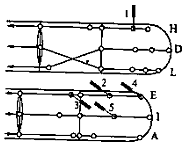
The next level of treatment enhancing the effects of correspondence therapy involves the micro-meridians of the hands.
Micro-Meridian Therapy
A set of micro-meridians that correspond to the body meridians has been mapped on the hands. For more difficult diseases, in which corresponding points do not have the capacity to affect the necessary correction in bodily function, treatments are applied to the micro-meridians similar to those using body meridians.
Su Jok theory includes a specific method of diagnosing the energetic balance of the body through a unique system of muscle strength testing. The following case illustrates the diagnostic terminology and micro-meridians of the hand as mapped in Su Jok therapy.
Case 5: Ma1e patient, age 44. In June 1995, as a result of a road accident, the patient received a compound fracture of the left elbow bone. In spite of medical treatment and a fixing pin, the bones failed to reunite. In 1997, Su Jok needle and self-massage treatment were initiated (see Figure 6). After nine sessions, with the patient massaging the appropriate finger correspondence area with a massage ring, x-rays showed that the bones had become united. The fixing pin was removed; two weeks later, the patient was able to resume working.
Scope of Su Jok Medicine
A main advantage of Su Jok therapy is its immediate and strong treatment effect, which can be received without additional pharmaceutical drugs or medical apparatus. Su Jok therapists have a considerably wide range of options for treating diseases, including neurological diseases; acute and chronic gastrointestinal diseases; cardiovascular diseases; endocrine diseases and metabolic abnormalities; emotional disturbances; and addiction problems.
